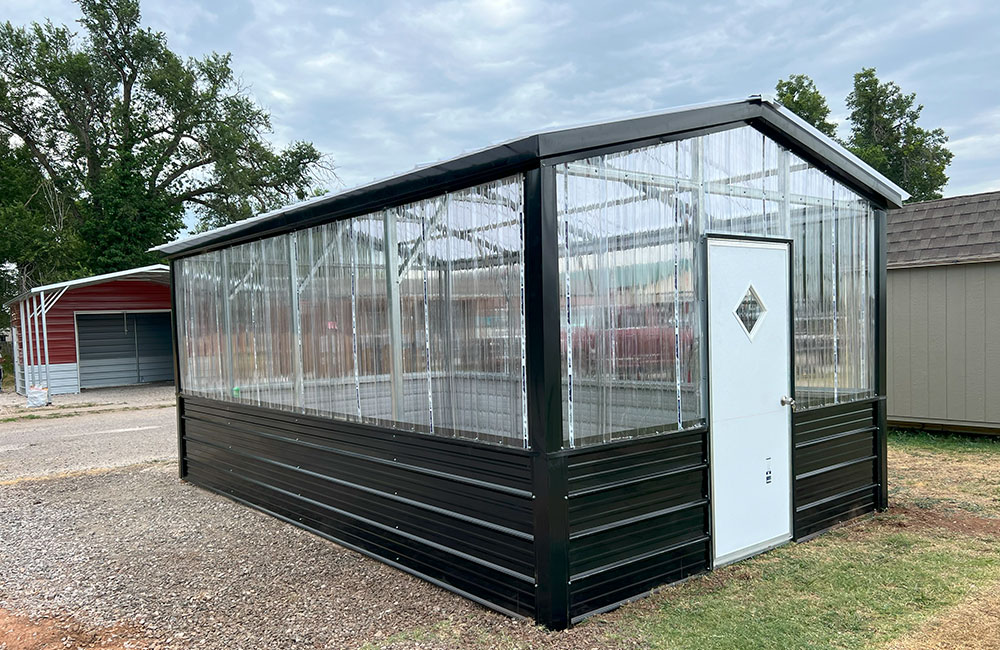
When you think of gardening, you might picture lush backyard gardens, sunny windowsills adorned with potted plants, or expansive vegetable plots. However, there is an often-overlooked space that holds great potential for gardening enthusiasts – the garage. While garages are typically associated with cars and storage, they can also be transformed into thriving garage gardens.
Let’s explore how you can create a garage garden and what benefits it offers.
Evaluate Your Space
Begin by assessing the available space around or inside your garage. Consider factors like the amount of sunlight, the type of soil, and the access to water. Knowing these details will help you choose the right plants and plan your garden effectively.
Choose the Right Plants
Select plants that are well-suited to your specific conditions. If your garage gets plenty of sunlight, you can grow sun-loving plants like herbs, succulents, or vegetables. For shaded areas, opt for shade-tolerant plants such as ferns, hostas, or impatiens. Container gardening is an excellent option for limited space.
Container Gardening
Container gardening is a versatile choice for garage gardens. Use pots, planters, or hanging baskets to grow a variety of plants. This approach allows you to move your garden around to optimize sunlight and space.
Vertical Gardening
Consider vertical gardening techniques to maximize your garage garden’s potential. Wall-mounted shelves, trellises, or pocket planters can be used to grow plants vertically, saving horizontal space.
Proper Drainage
Ensure that your containers have adequate drainage to prevent waterlogged soil, which can lead to root rot. Elevate pots on pot feet or bricks to allow excess water to escape.
Soil and Mulch
Choose the right potting soil mix for your plants, as different species have specific soil requirements. Adding mulch can help retain moisture and regulate soil temperature.
Watering and Maintenance
Regularly water your garage garden to keep the soil consistently moist but not waterlogged. Container gardens may require more frequent watering than in-ground gardens. Perform routine maintenance, such as pruning, deadheading, and fertilizing, to keep your plants healthy.
Climate Considerations
Be mindful of your local climate and the temperature fluctuations in your garage. Some plants may need to be brought indoors during extreme weather conditions to protect them from frost or excessive heat.
Pest Control
Keep an eye out for pests like aphids or spider mites that may find their way into your garage garden. Regularly inspect your plants and address any pest issues promptly.
Enjoy the Benefits
A garage garden not only adds beauty and greenery to your space but can also provide herbs, vegetables, or flowers to enhance your daily life. Plus, gardening is known to have therapeutic benefits, reducing stress and improving mental well-being.
